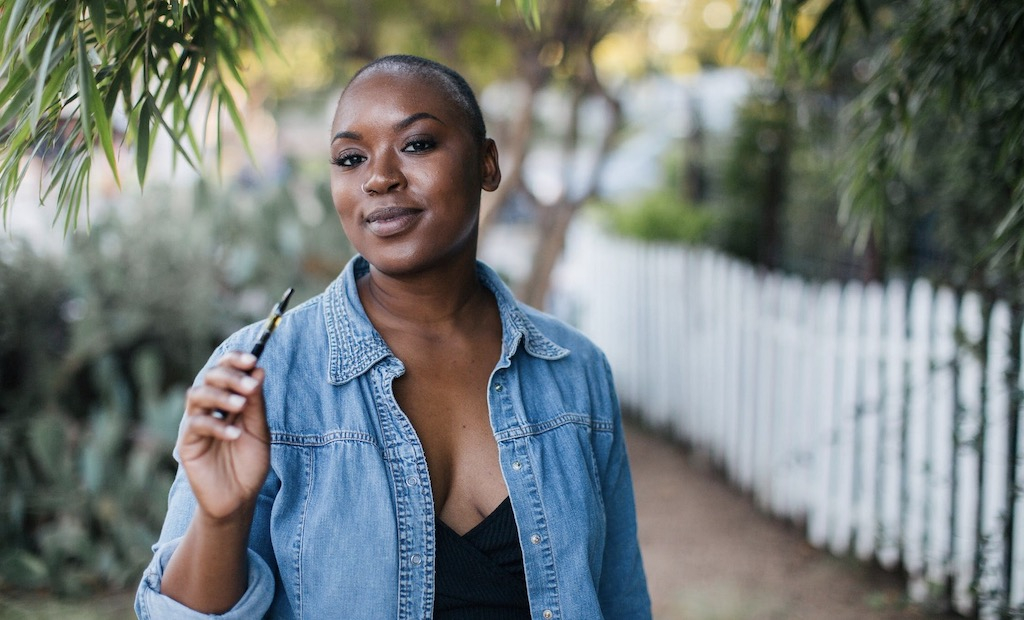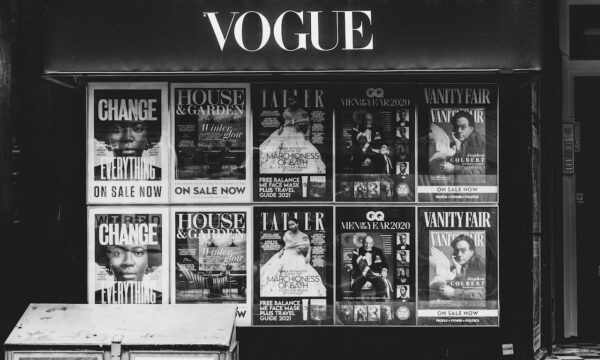The American vaping crackdown: Why is it happening?

To many outsiders, vaping mainly looks like a way for hipsters to blow obnoxious clouds into the air while bragging about how delicious their new almond biscotti e-liquid is. For those who vape, though, it isn’t just a hobby or source of camaraderie; it’s the thing that has made it possible for them to quit smoking – sometimes after many failed attempts to quit by other means.
Regardless of how you might feel about the vaping culture, you know that virtually every adult using a vape from a company like V2 E-Cigarettes UK is a former smoker no longer making the world stinky and no longer puffing his or her way to an early grave.
The only sensible thing is to conclude that vaping must be good overall – right? Every person has at least one friend or family member who smokes, and half of all smokers will die early from the habit. E-cigarette vapour contains no tar, and the potentially dangerous compounds that are in the vapour are present in much lower concentrations than in cigarette smoke. You’d think there’s no way that vaping could be as dangerous as smoking, and the research supports that notion. If you’re a smoker who can’t or won’t quit, you should definitely vape instead.
It logically follows, then, that the governments of the world must want citizens who smoke to switch to vaping. Smoking is the leading preventable cause of death. It kills eight million people yearly around the world. It also costs a fortune in healthcare expenses and causes all of us to pay higher taxes. The government of the United Kingdom has, in fact, done the logical thing; our national healthcare system says that vaping is useful as a means of quitting smoking and is “at least 95 per cent less harmful” than combustible cigarettes. Surely, other governments must feel the same about vaping because the facts can’t lead to any other conclusion – right?
The United States is the world’s biggest market for vaping products, and in the US, virtually the entire vaping industry is about to disappear. That’s because the US government has reviewed the facts and come to an entirely different conclusion. The US has declared war on vaping.
This is the story of bureaucracy and political favouritism gone horribly wrong.
This is the story of how politicians are happy to marginalise minority groups if doing so pleases an ignorant majority.
This is the story of the completely nonsensical American crackdown on vaping.
Why is the US vaping industry disappearing?
The US vaping industry is disappearing because of a 2009 law called the Family Smoking Prevention and Tobacco Control Act. Some people have sardonically called the law the “Marlboro Protection Act” because the law effectively makes it impossible to release a new cigarette brand in the US.
Here’s how the law works:
- No new tobacco product can be marketed legally in the US unless the maker of that product submits a pre-market application to the FDA proving that the product benefits health and will not attract new tobacco users.
- Tobacco products on the market before 2007 are exempt from the application requirement and can still be sold legally.
In 2016, the US Food and Drug Administration (FDA) declared that vaping products were tobacco products. No vaping product currently sold in the US was on the market in 2007. Therefore, every product on the market – for e-liquids, that means every flavour and every nicotine strength – must have a pre-market application submitted to the FDA by the deadline of May 2020.
The FDA estimates that each application will cost as much as $466,000 to produce, and even small e-liquid makers typically offer dozens of products. According to Swedish Match and Altria – the only two companies that have completed the pre-market tobacco product application process successfully – the actual cost is far greater. Reportedly, Altria’s successful application for the IQOS heat-not-burn smoking system was more than two million pages long and had a production cost of millions of dollars.
The pre-market application process is so costly that completing it is only realistically possible for major tobacco companies. Most small businesses in the American vaping industry won’t even bother trying; they’ll just close in May.
Obviously, the Family Smoking Prevention Act doesn’t work when it’s applied to vaping products. The authors of the Act had no knowledge of vaping and surely didn’t intend to prevent a less harmful alternative to smoking from reaching the market. The only thing that makes sense is to amend the Act and exempt the vaping products that were already on the market when the FDA announced its intent to regulate the vaping industry in 2016, right?
Actually, that’s already been tried; an attempt to modify the Act’s “predicate date” for vaping products died before ever coming to a vote in Congress.
Who has tried to save the US vaping industry?
US government officials have made two serious attempts to keep the American vaping industry alive.
Cole-bishop amendment
The Cole-Bishop Amendment was a rider attached to the 2016 US Agricultural Appropriations Bill. The amendment would have set August 8, 2016 as the new predicate date for vaping products, allowing all products on the market as of that date to remain available legally. Congress stripped that language from the amendment before passing that year’s budget.
FDA extension for pre-market application deadline
When the FDA originally announced its regulations for vaping products, the deadline for all vaping product pre-market applications was 8th August 2018. Shortly after taking over as commissioner of the FDA in 2017, however, Scott Gottlieb began to create a shift in the agency’s attitude toward e-cigarettes and tobacco product regulation.
The FDA announced in July 2017 that the deadline for vaping product applications would be moved from 2018 to 2022 in an effort to encourage further innovation in the vaping industry and encourage more smokers to switch to e-cigarettes. Simultaneously, Gottlieb opened a public dialog about the possibility of reducing the nicotine in combustible cigarettes to non-addictive levels.
In the months following the announcement of the extension, though, it became evident that the underage use of vaping products was increasing rapidly and was quickly reaching epidemic proportions. Activist groups sued the FDA in federal court, demanding that the agency begin regulating vaping products immediately. The FDA lost the lawsuit and moved the deadline from August 2022 to May 2020.
Gottlieb announced his resignation from the FDA on 5th March 2019, saying that he wanted to spend more time with his family.
Why doesn’t the US government support vaping?
Efforts to preserve the US vaping industry have found little support among lawmakers, and the reason for that is because underage use of vaping products continues to increase each year. According to the 2019 National Youth Tobacco Use Survey, more than five million underage students now vape regularly – that’s more than 27 per cent of high school students and more than ten per cent of middle school students. Keeping kids off of nicotine is a cause that politicians in both parties – and all parents – support. Therefore, banning vaping products is an easy way for lawmakers – who normally can’t agree on anything – to curry favour with constituents who don’t understand the scope of the issue.
It’s also worth mentioning that many politicians receive financial support from tobacco and pharmaceutical companies, both of which are harmed by the vaping industry.
What’s the cause of the US youth vaping epidemic?
Underage vapers almost universally use the JUUL e-cigarette brand, which researchers have alleged engaged heavily in youth-oriented marketing during its first few years of availability. Regardless of the reason for JUUL’s success among youth, the device’s incredibly high nicotine strength of five per cent was the reason why so many who tried it became addicted. For the first several years of its existence, lower-strength JUUL pods weren’t available, making the product illegal for sale in the United Kingdom and other regions in which the Tobacco Products Directive applied.
In the UK, less than 1 per cent of youths who have never smoked are regular vapers. The vaping products available in the UK simply aren’t addictive enough to hook people instantly the way JUUL can.
Is it too late to save vaping in America?
At this point, it seems unlikely that anything substantial will change about US vaping regulations before the pre-market application deadline in May. Smokers have always been marginalised by politicians, and lawmakers would happily “get tough on vaping” by banning the entire product category rather than going through the hard work of implementing common-sense regulations.
There is, however, one small glimmer of hope in that the Trump administration has recently submitted a budget proposal to Congress that would spin the Centre for Tobacco Products out from the FDA and make it a separate agency. Such a change would require an amendment to the Family Smoking Prevention Act and could potentially lead to vaping regulations based on science and the promotion of public health rather than spite against one company for its bad behaviour. At present, though, the idea of making the CTP a separate agency seems to have little support among lawmakers.
The editorial unit





















Facebook
Twitter
Instagram
YouTube
RSS